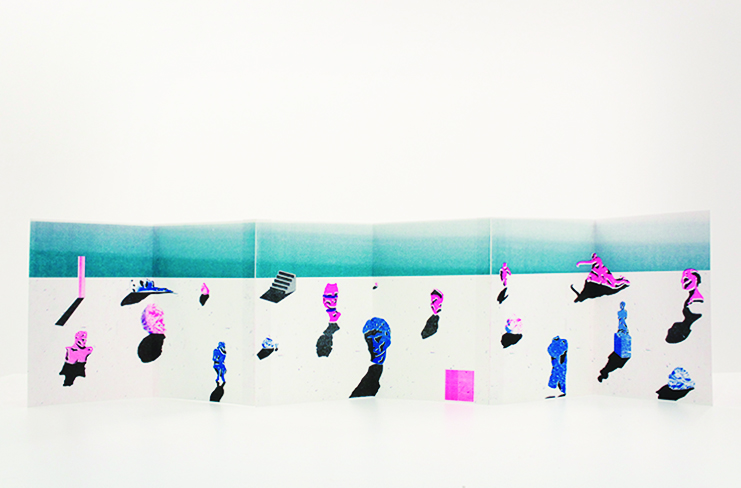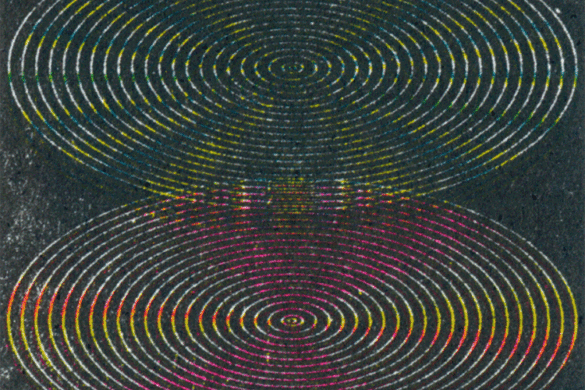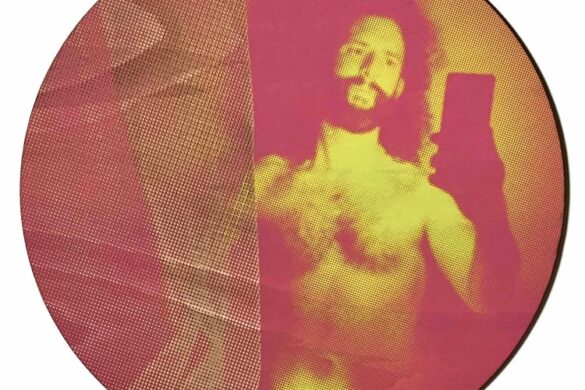True to form, the Tate have curated a formidable Sigmar Polke retrospective. A radical experimentalist; Polke’s work aimed to challenge the consumerist culture that emerged in post-war Germany. Fascinated by advertising as a vehicle to mediate capitalist ideas, Polke created a process for distorting the images at its heart.
Newspaper and magazine graphics of the 60s were printed as “rasters”, meaning they were made up of equally sized dots. By enlarging the images Polke aimed to falsify their original meanings. At first Polke simply painted the dots freehand, but then progressed to a form of printing. “Dispersion” involves puncturing holes in a screen and pushing paint through onto canvas beneath. Polke’s rudimentary process seems to poke fun at mass production and exposes the insatiable greed of the media.
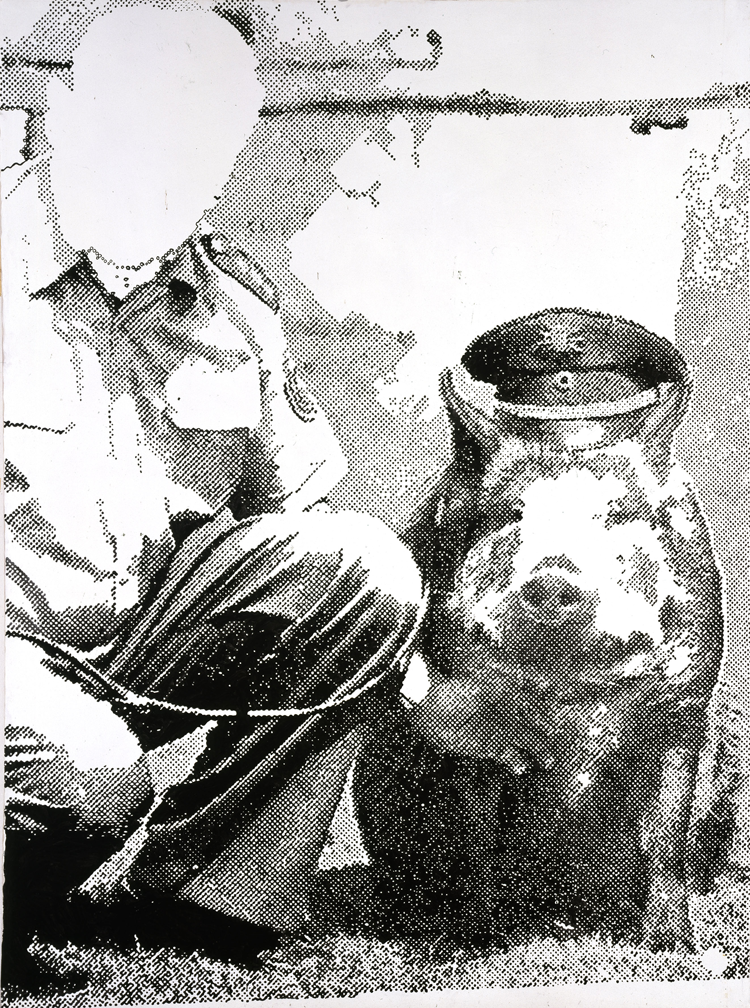
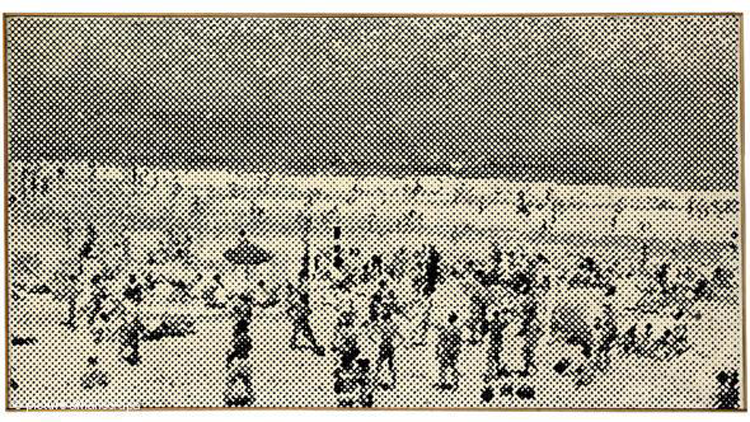
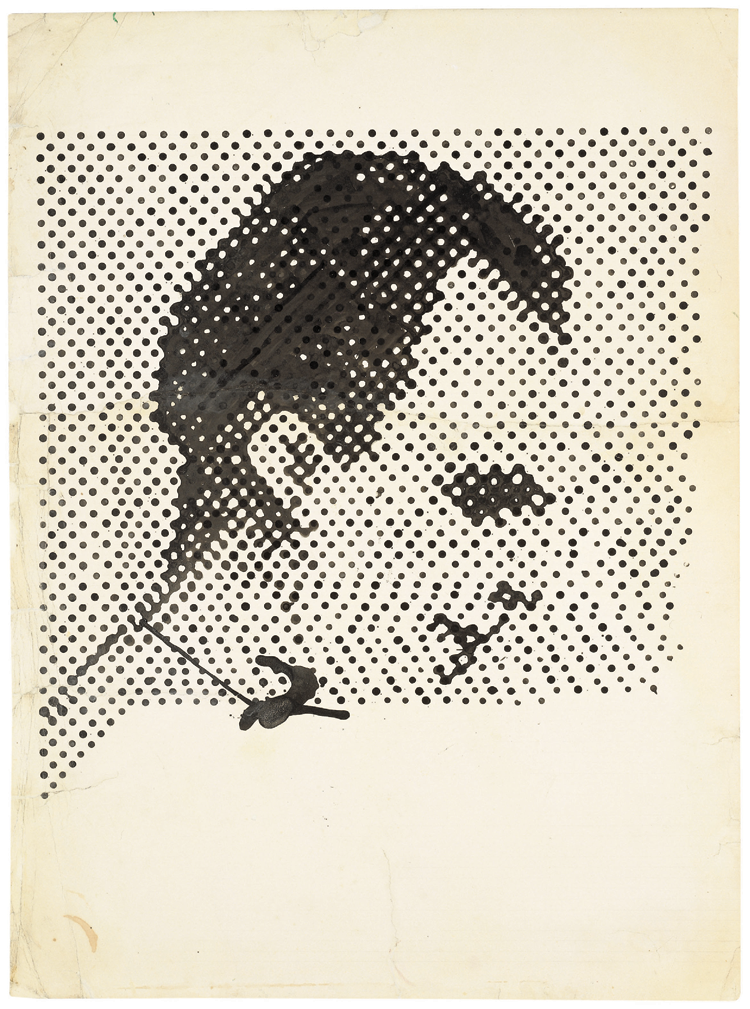
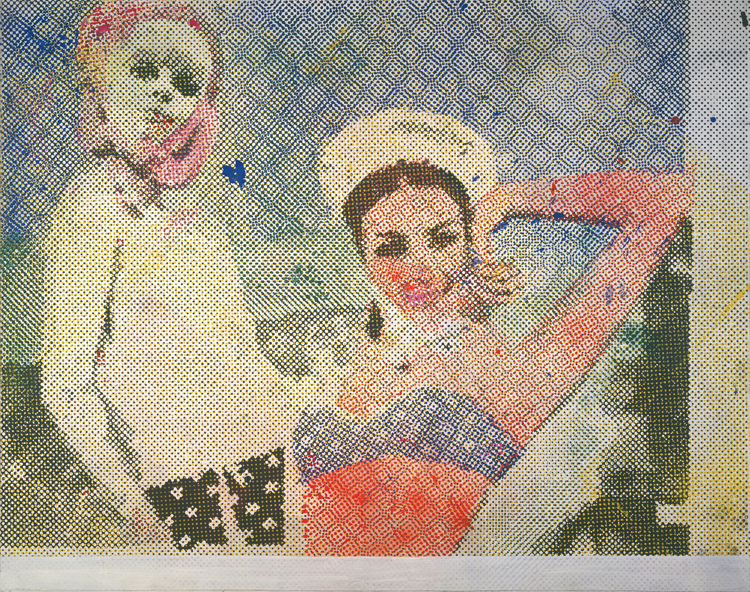
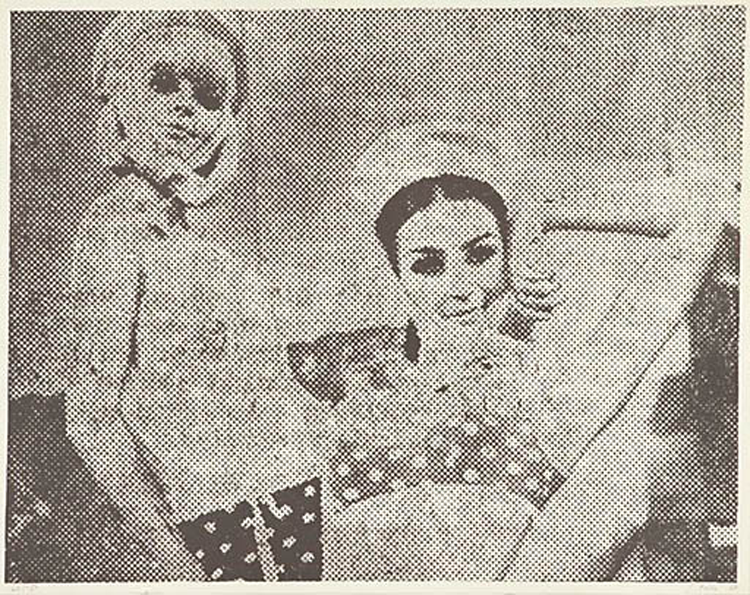
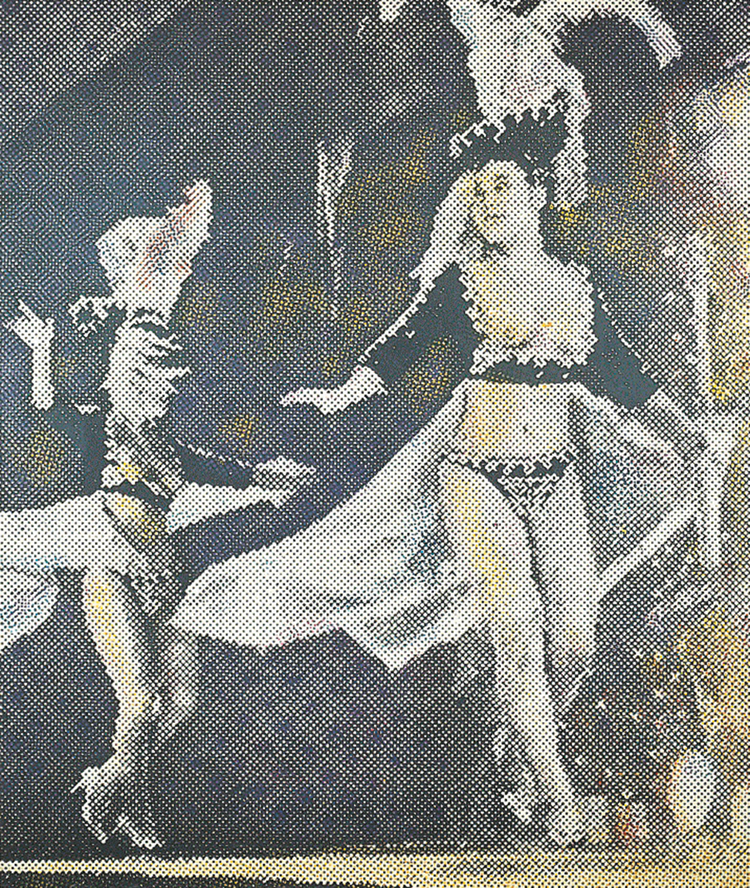
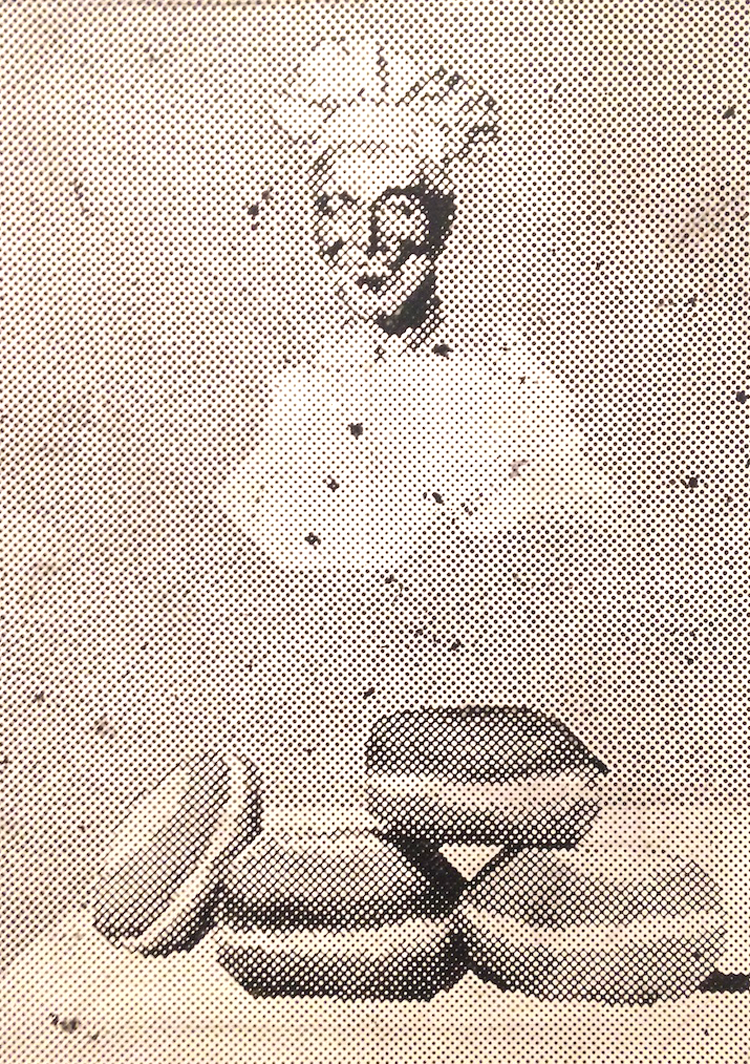
http://www.tate.org.uk/art/artists/sigmar-polke
- Stanley Anderson - April 19, 2015
- Ellie Andrews - April 13, 2015
- Pete Sharp - April 12, 2015

